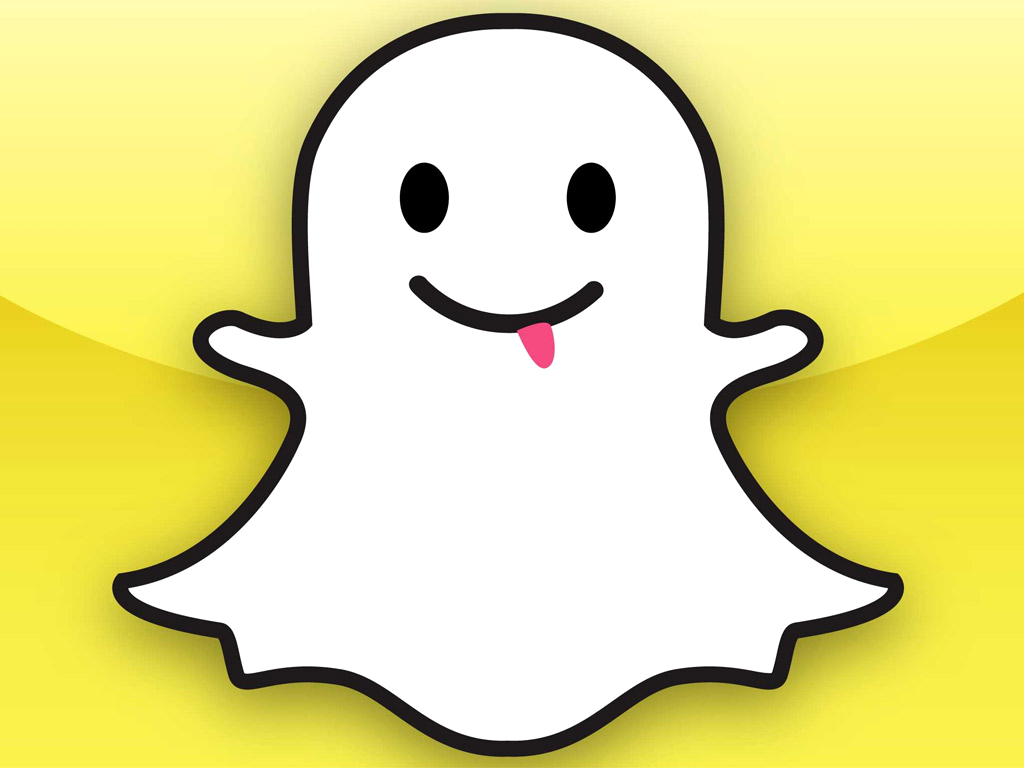Blink and you missed it: Snapchat valued at $4bn
The meteoric rise of the photo-sharing app has now taken investors by storm

Your support helps us to tell the story
From reproductive rights to climate change to Big Tech, The Independent is on the ground when the story is developing. Whether it's investigating the financials of Elon Musk's pro-Trump PAC or producing our latest documentary, 'The A Word', which shines a light on the American women fighting for reproductive rights, we know how important it is to parse out the facts from the messaging.
At such a critical moment in US history, we need reporters on the ground. Your donation allows us to keep sending journalists to speak to both sides of the story.
The Independent is trusted by Americans across the entire political spectrum. And unlike many other quality news outlets, we choose not to lock Americans out of our reporting and analysis with paywalls. We believe quality journalism should be available to everyone, paid for by those who can afford it.
Your support makes all the difference.It’s just two years old, offers users the chance to see pictures and videos for just 10 seconds and has made precisely $0 in revenues so far. Yet the social messaging app Snapchat has been valued at up to $4bn (£2.5m).
The California-based start-up has received the phenomenal price-tag after reportedly considering a plan to raise $200m in funding from investors in Asia. Investors are eager to take advantage of the app’s rocketing user base and popularity among the key under-30 demographic.
The app launched in July 2011 for iPhones and in October 2012 for Android smartphones. It allows users to send to friends pictures that can only be viewed for a set period of time. It claims to have more than 100 million users exchanging around 350 million self-destructing snaps each day and a recent study from the Pew Research Centre reported that 9 per cent of US smartphone owners use it, with this figure rising to 26 per cent amongst the 18 to 29-year-olds.
This is comparable to another photo-sharing app launched almost a year before Snapchat – Instagram, which Pew claims is used by 18 per cent of US smartphone owners and 43 per cent of 18 to 29-year-olds. Its users exchange 55 million photos daily.
Instagram was snapped up by Facebook for $1bn in 2012 and it seems that the social network’s chief executive Mark Zuckerberg was eager to repeat this approach with Snapchat after his company’s clone of the app (named Poke) failed to take off with users.
The Wall Street Journal reports that Mr Zuckerberg approached Snapchat’s chief executive Evan Spiegel with a proposal to buy Snapchat for more than $1bn but was rebuffed by the 23-year-old founder. It’s thought that the newly planned round of funding for Snapchat will include bids from international tech companies, including Tencent Holdings, a Chinese company valued at upwards of $100bn and responsible for popular messaging apps in its home country. Tencent is controlled by the 43-year-old entrepreneur Ma Huateng, whom Forbes magazine claims has a personal fortune of close to $7bn, making him China’s fourth-richest man.
Snapchat might also be looking to the Asian markets for more than just funding, with Mr Spiegel revealing in an interview with the tech blog AllThingsD in July that he was “excited about in-app transactions” used in the region.
This is one approach to monetisation, but the app might also follow Instagram’s lead and move towards native advertising, with ads from brands appearing alongside it and in an identical format to user-generated content.
However, neither Instagram nor YouTube introduced advertising prior to selling up (to Facebook and Google respectively) and Snapchat seems bound to a similar course, pursuing users before profit.
The firm just has to hope that customers’ enthusiasm for its product is longer lasting than the images.
Snap happy: From upstart to tech-world darling in two years
Snapchat’s rocketing user numbers and extravagant valuation are hardly alien to an industry as impulsive as the tech sector.
But the app’s unique selling point – its self-deleting messages – represents something of a departure for the web. Cultural theorists and sociologists have spilt many pixels over the app, which was launched by Evan Spiegel, and Bobby Murphy in 2011. Some suggest that the popularity of so-called erasable or ephemeral media may be due to an increased awareness of online records or the younger generation’s fatigue when it comes to maintaining their digital image.
Whatever the reason, the trend continues to grow with services similar to Snapchat springing up all over the place. BlinkLink, for example, creates URLs that can only be clicked by a set number of people whilst Spirit, a Twitter plug-in, lets you use hashtags as self-destruct timers for tweets.
Join our commenting forum
Join thought-provoking conversations, follow other Independent readers and see their replies
Comments